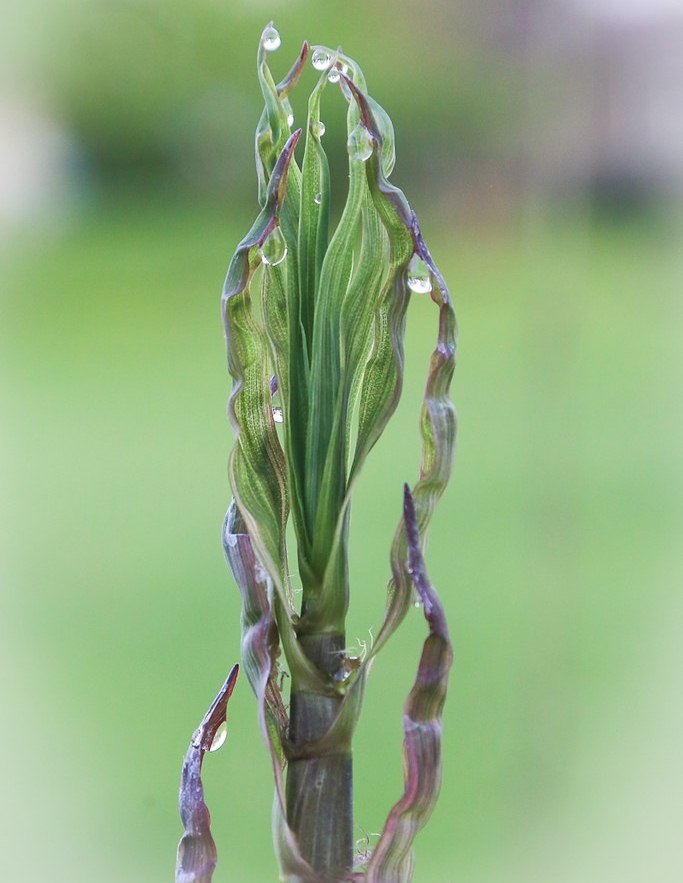TURGOR PRESSURE AND TURGIDITY
Turgor Pressure
- It is the force or pressure within the cell exerted by fluid that presses the cell membrane against the cell wall.
- It is also called hydrostatic pressure, and is defined as the pressure in a fluid measured at a certain point within itself when at equilibrium.
- Generally, turgor pressure is caused by the osmotic flow of water and occurs in plants, fungi, and bacteria.
- This system is not seen in animal cells due to absence of a cell wall.
- Common measuring units for turgor pressure include bars and MPa. 1 bar is equal to 0.1 MPa.
- Turgor makes living plant tissue rigid. Loss of water from plant cells results in loss of turgor which causes wilting of flowers and leaves.
- It plays a key role in the opening and closing of stomata in leaves.
- Turgor pressure plays a significant role in the promotion of plant growth.
- It promote cell volume expansion and the higher the turgor pressure is, the larger the leaf expansion will be.
- The magnitude of turgor pressure is determined by water potential and osmotic potential.
Mechanism
- Osmosis is the process in which water flows from a region with a low solute concentration to region with a higher solute concentration until equilibrium between the two areas is reached.
- All cells are surrounded by a lipid bi-layercell membrane which permits the flow of water into and out of the cell while limiting the flow of solutes.
- It the cell is in a hypertonic solution, water flows out of the cell results in decreasing the cell’s volume. When in a hypotonic solution, water flows into the membrane and increases the cell’s volume, while in an isotonic solution, water flows in and out of the cell at an equal rate.

Role of Turgor pressure (In plants)
- Turgor pressure plays a significant role in the promotion of plant growth. It promote cell volume expansion and the higher the turgor pressure is, the larger the leaf expansion will be.
- Rigidity of the cell is also caused by turgor pressure; a lower pressure results in a wilted cell or leaf, stalk etc.
- The cell’s semipermeable membrane regulate turgor pressure, the membrane only allows some solutes to pass in and out of the cell, which can maintain a minimum amount of pressure.
- Turgor pressure within the stomata regulates opening and closing of stomata thus affects transpiration rates of the plant.
- Lower turgor pressure can mean that the cell has a low water concentration and closing the stomata would help to preserve water. High turgor pressure keeps the stomata open for gas exchanges necessary for photosynthesis.
- Turgor pressure is also a large factor for nutrient transport throughout the plant.
- In higher plants, turgor pressure is also responsible for apical growth of tree roots penetrating rock.

Turgidity
- The pressure exerted by the osmotic flow of water is called turgidity.
- It is caused by the osmotic flow of water through a selectively permeable membrane. In plants, this entails the water moving from the low concentration solute outside the cell into the cell’s vacuole.
- Turgidity is the point at which the cell’s membrane pushes against the cell wall, which is when turgor pressure is high.
- When the cell has low turgor pressure, it is flaccid, i.e. wilted anatomical structures.
Osmotic pressure and turgor pressure
Osmotic pressure is the minimum pressure that needs to be applied on the solution to prevent the inward flow of its pure solvent across a semipermeable membrane whereas turgor pressure is the pressure inside the cell pushes the plasma membrane against the cell wall.
Read also…
WHAT OSMOSIS IS- DEFINITION & FACTS
DIFFERENCE BETWEEN DIFFUSION AND OSMOSIS
XYLEM AND PHLOEM- TRANSPORT IN PLANTS